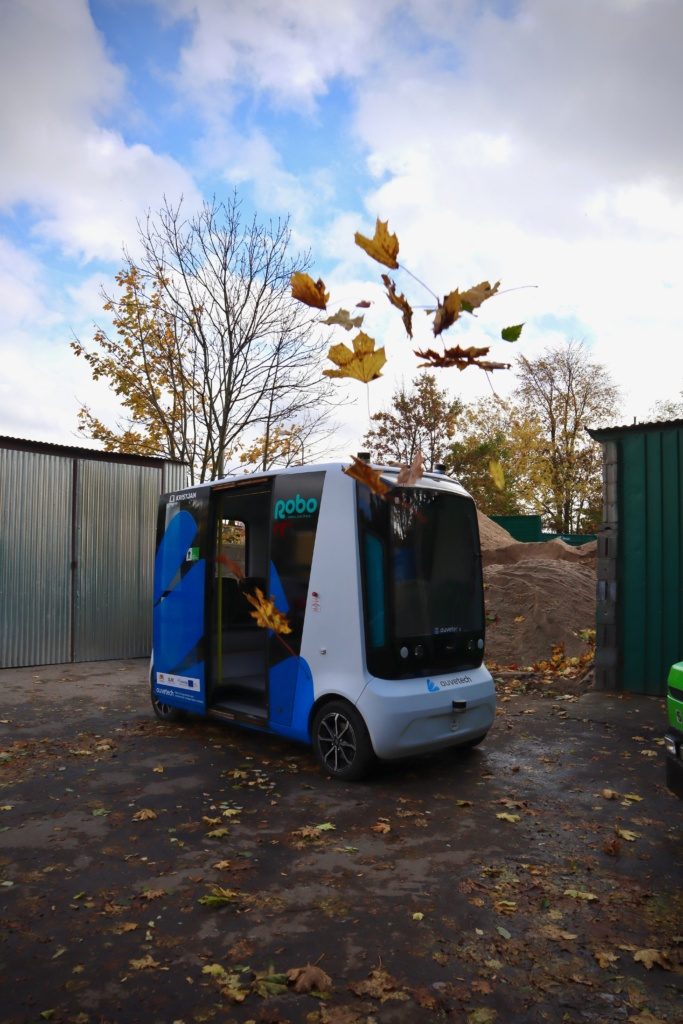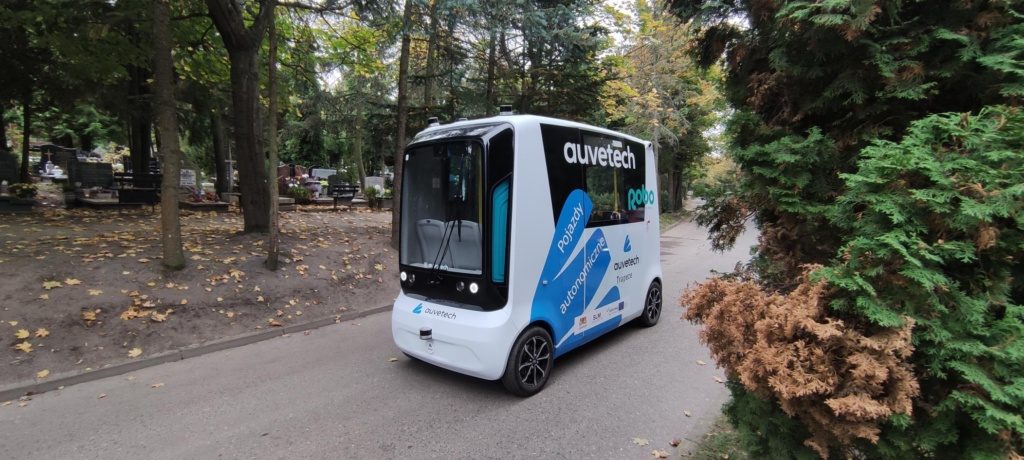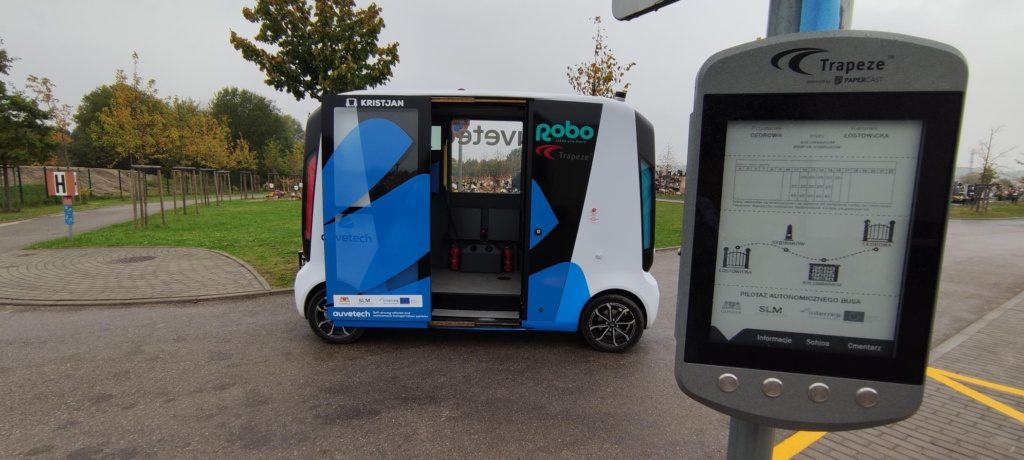Poland, Gdańsk
Autumn in Poland

The beginning
The case study in the city of Gdańsk is one of the most interesting projects abroad. Last-mile solutions may be needed in the most unexpected places and our story from a Polish city is undoubtedly unique because Iseauto has been to many different areas yet it was the first time operating at the cemetary.
Lostowicki Cemetary is the biggest cemetery in Gdańsk and it was offered to us as an opportunity to operate Iseauto in an area with no traffic and a high need for public transportation. The citizens themselves suggested to the City Council the idea because they were convinced that there would be a high demand for an autonomous vehicle in the closed area after seeing one of the autonomous shuttles on the streets of Gdansk in 2019.

Operational Environment
Originally, the area we had to operate was considered a closed territory where only pedestrians were allowed to enter yet still some vehicles could drive on the territory so the environment was semi-closed with mixed traffic.
The route was 2.4 km long which included slight left and right turns and the shuttle had to synchronize with the flow of the visitors from 11:15 a.m. to 4:15 p.m. seven days a week with the maximum allowed speed of 5km/h. The service was free so everyone in need or just of simple curiosity could use Iseauto. The inclusively designed E-card bus stops powered by solar panels were placed in four locations so the passengers could get familiar with the ongoing schedule.

The complexity of the environment
The route was connecting the most important places of Lostostowicki Cemetary which are: the entrance gate at Lostowicka St not far away from the Cementary Chapel, Memorial of Victims of Stalinism, Columbarium, and the entrance gate at Cydrowa St. The route is always crowded since it is the main alley at the cementary.

The weather conditions
Iseauto is tested in diverse weather conditions. Autumn in Poland is a versatile season which is much warmer than in Estonia. Even though it gets warmer every year due to climate changes, the weather conditions did not affect our operations.

Challenges tackled
There were a few challenges we faced during the case study in Gdansk and one of them was the internet connection. During the whole month, we were testing different Polish internet providers and, unfortunately, none of them could provide the needed quality of transmissions. Due to this hardship, the operator had to drive manually and the conditions of the traffic remain safe.
The next inconvenience was a language barrier that caused poor interaction with the passengers and the four operators who were chosen to drive the shuttles but the atmosphere still was amiable.
Lastly, visiting cemeteries is a recurring activity for many Polish people, which has its own disadvantages for maneuvering. Nevertheless, it was satisfying for us to help so many passengers. Over 2,500 people were eager to use our autonomous solution and we were pleased that the last-mile vehicle has found its target audience.
